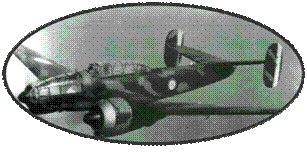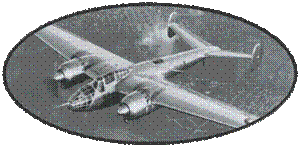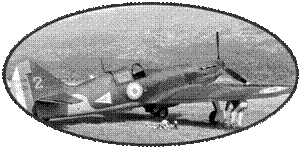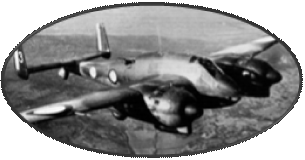In 1935, Marcel Bloch launched
the study of a modern twin-engine transport extrapolated from his
MB210 bloch bomber, who made his first flight in November 1934.
The new aircraft takes over the wing, the engine and the empennage
of the bomber. . Designated Bloch MB220, it is presented as a cantilever
low wing monoplane of metal construction, powered by two Gnôme
Rhône 14 Kirs / jrs driving three-blade propellers with variable
pitch and having a re-entrant train. Air France, which wants to
modernize its fleet, orders and finances the prototype at Sté
Bloch. The construction was fast thanks to the use of already existing
elements, and on June 11, 1936, the prototype made its first flight
to Villacoublay. The aircraft can reach a maximum speed of 350km
/ h with a cruising speed of 280km / h, and a range of 1400km.
Air France thus confirmed
its interest in the aircraft, and ordered 16 aircraft, the first
five to be delivered before the end of June 1937. The Bloch company
built the aircraft in its Courbevoie and Mérignac workshops,
and Air France took care of the installation. inside. It is treated
with care: the passengers, divided into two cabins of 6 and 10 passengers
have a good soundproofing, heating, individual ventilation and seats
"Pullman" with adjustable backrest. The crew consists
of the pilot and co-pilot, a steward and a radio.
All manufactured aircraft
will be delivered to Air France which will give each of them a French
region name, the last being delivered in June 1939. The standard
aircraft differ from the prototype in lengthening the fuselage (34cm)
to increase the carrying capacity of the MB220 and by the adoption
of Gnôme Rhône 14N engines more reliable than the 14K,
even if it turned out to be the case, that these engines suffered
from problems of quality of manufacture, which paradoxically, n
will not exist on identical engines manufactured under license in
Romania ...
Air France put the new aircraft
into service, firstly on the Paris-Lyon-Marseille line on July 20,
1937, before using it on European lines to London, Copenhagen, Stockholm,
and further east towards Prague, Budapest, ... Bloch MB 220, the
F-AOHJ "Poitou" who transported Edouard Daladier, the
President of the Council, for his trip to Munich in November 1938,
when he signed with Chamberlain the agreements from Munich, thus
abandoning Czechoslovakia to Hitler.
In September 1939, the Air
Force cruelly lacking transport planes, requisitioned many civil
aircraft including Bloch MB220 Air France, except three aircraft
that the company managed to keep for its line to Marseille. Aircraft
integrated in the Air Force, received a standard camouflage, and
will be used in the SAT (Air Transport Sections). At the Armistice,
13 Bloch MB220 are listed in the Free Zone, and regular services
can resume in the colors of Air France. 3 Bloch MB220, present in
AFN, will be captured by F.AF.L and will perform under the colors
of the Cross of Lorraine, regular flights Algiers-Bone-Tunis. On
November 11, 1942, the Germans invaded the Free Zone and seized
many aircraft: 11 MB 220 will be captured and sold to Lufthansa,
which operated until June 1944 on routes between Berlin and Vienna.
After the war, Air France
continued to use the 5 Bloch MB220 survivors. Restored by Wright
Cyclones R-1820-97 and designated MB221, they will fly until spare
parts are exhausted.













